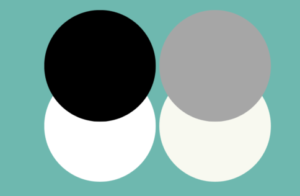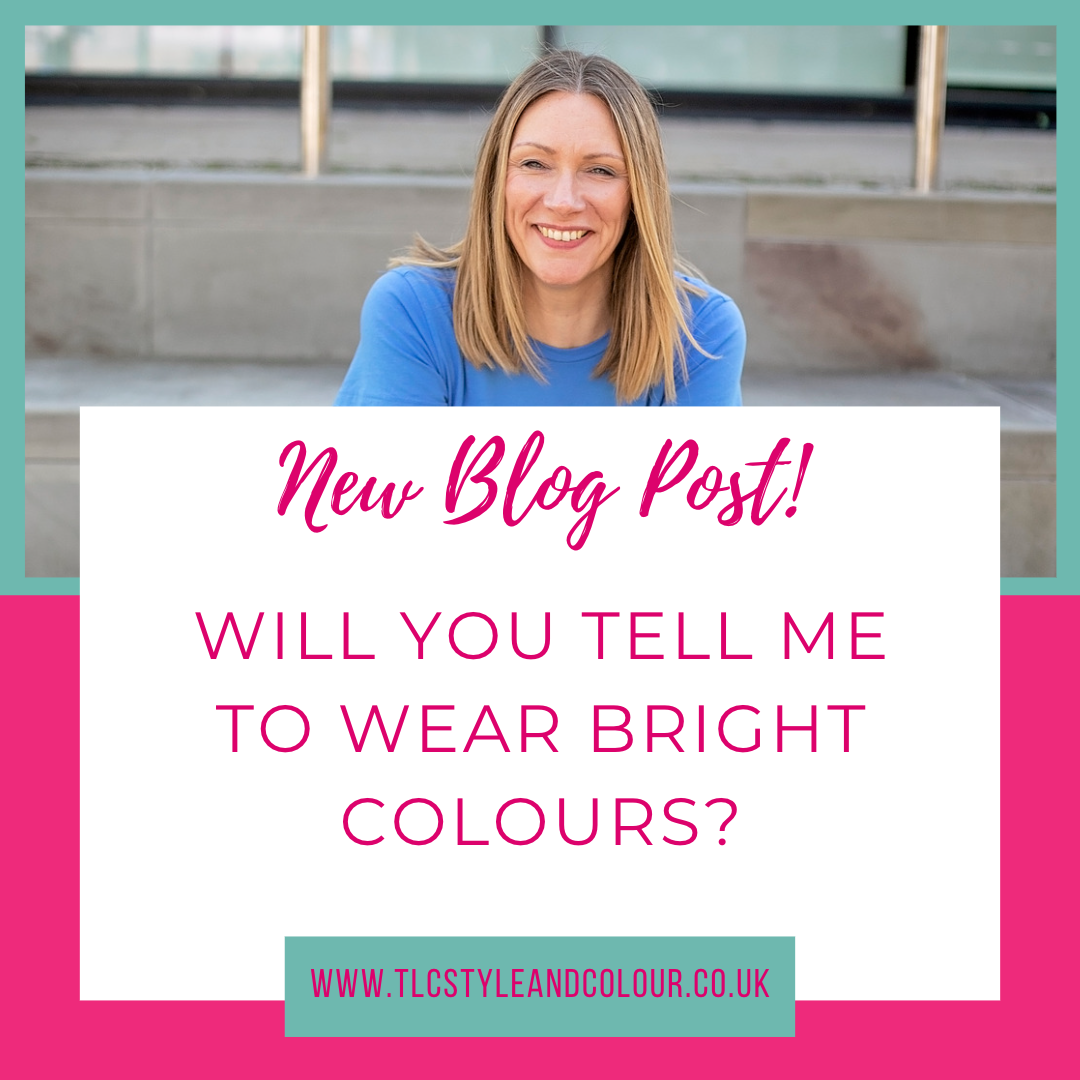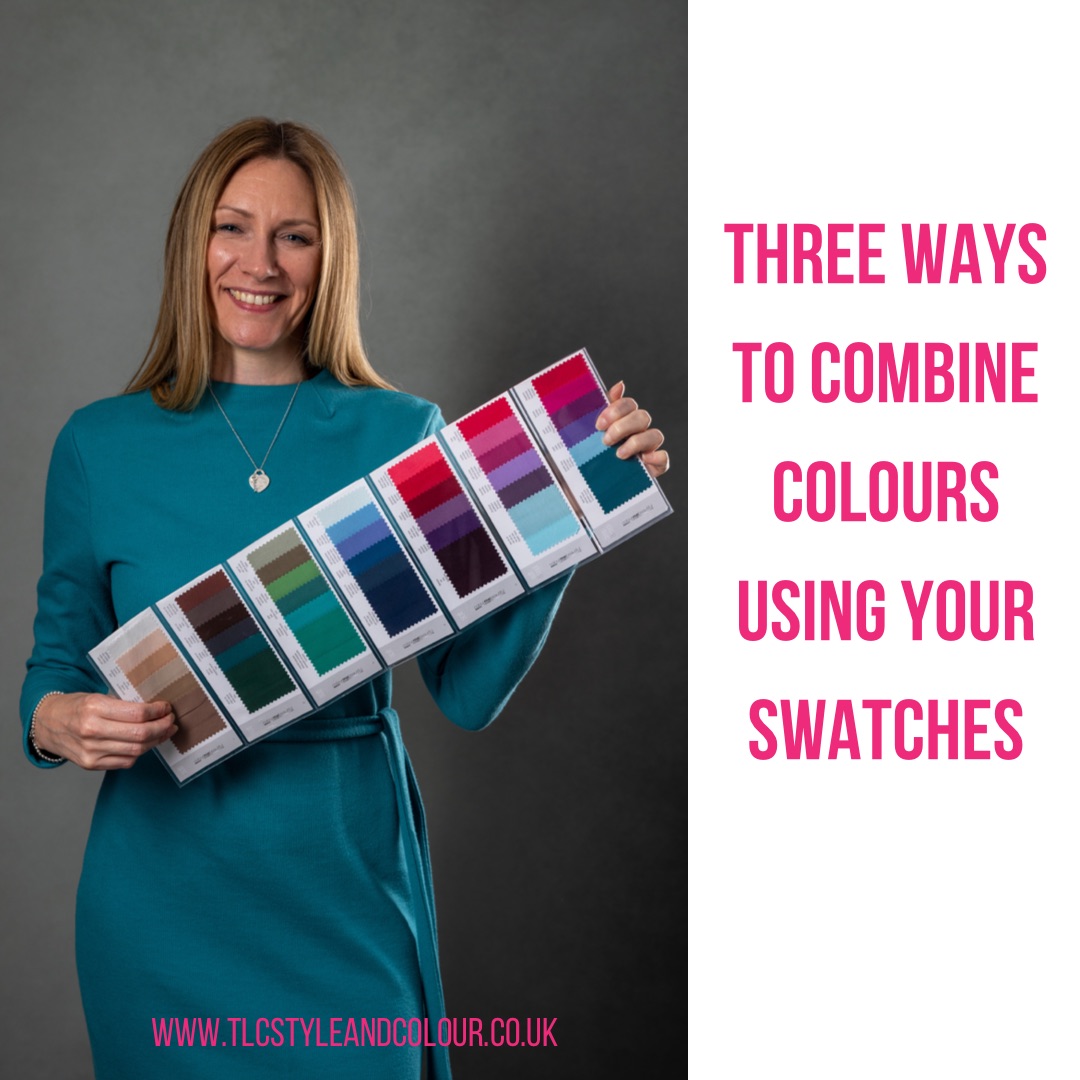Firstly, it’s not for me to tell you what to wear! I’m not your mother and you’ve made a decision to come for advice. My aim is to arm you with the right information so that you can put it into practice when you leave your session with me.
What many people don’t realise is how many shades of colours there are. Just because it’s a colour, doesn’t mean it has to be bright.
The features of a colour
All colours have features to them and during a colour analysis consultation, I’ll explain more about colour theory and the Munsell System which I use in my colour consultations.
Colours which compliment your features and characteristics will naturally brighten your overall look. You’ll look healthier and your eyes will brighten. Dark shadows, discolouration or those that wash you out aren’t complimenting your features and don’t bring out the best of you. In simple terms, this is the impact of a colour against your features and it can be good, or not quite so good.
The combinations of colours together can also change the impact and appearance of the colour.

Take this example.
A light and a dark colour together such as black and white, will create a high level of contrast between the two shades.
Whereas if you ‘dull’ the shades down slightly making them off-white and grey, the contrast will be less severe and less harsh. There will be less contrast between the light and dark shade.
Some people are better suited to having more contrast, others not quite so much.
Your fabric choice can also affect the colour too. Choose something shiny like satin and it will brighten the appearance of the colour because it reflects the light.
Fifty shades of grey
For someone who feels afraid of colour, or that they’ll stand out too much, a colour analysis may feel daunting. It’s worth noting that there isn’t just one shade of neutral either. Fifty shades of grey there may be, but have you ever tried to get the same shade of navy, camel or white??
Within everyone’s palette is a range of neutral and a range of colours. By understanding the fundamentals of how colour is made up and how this refers and impacts on your own characteristics, you can use this understanding to make better buying decisions.
The consultation and swatches
A basic colour analysis assess your core, or dominant colouring type and you’ll take away 30 shades of colour most suited to you based upon your core features.
However, this is refined even further during the Complete Colour Analysis consultation. Your sub-dominant colouring types are analysed (your secondary and tertiary types) which takes you to 48 shades in your swatches. The range of colours included will have different elements and features which harmonise with you and who you are.
Yes, there may be brighter shades than others but ultimately, it’s all about how you wear them. That’s what you’ll learn during your colour analysis consultation.
My services are an investment in yourself after all.


